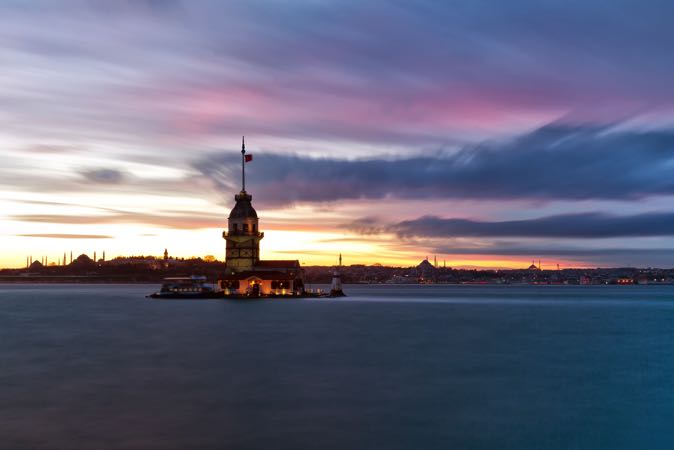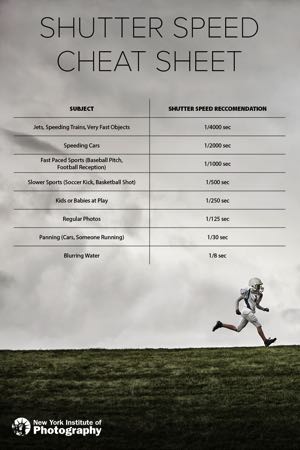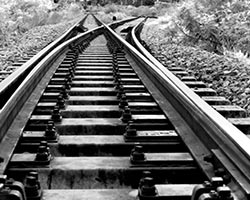If shutter speed is a concept that confuses you, it’s worth getting familiar if you seriously want to improve your shots. Put simply, shutter speed is just a way to measure the amount of time that your camera’s shutter is open when taking a picture. For the most part, this is measured in seconds (or more specifically fractions of seconds). When you look at the fraction itself, if the denominator gets bigger, that means the shutter speed is quicker.
For most photos you take, that speed will be set to something like 1/60th, if not faster than that. Any slower and your shots are super susceptible to look blurry. In fact, one of the best ways to prevent blurry photos is to increase the shutter speed a bit to accommodate some unavoidable hand shakiness. If the shutter is ever slower than that 1/60th standard, you should most likely be working with a tripod.
On most devices, the shutter speed settings available usually appear in approximately doubled increments. So you’ll see setting choices like 1/15, then 1/30, then 1/60, 1/125 and so on. If you’re ever handling a camera that offers full-second long shutter speeds, you will most likely only use those if you are working in an extremely low-lit situation or trying to capture a ton of motion in one shot.
Most generally, faster shutter speeds are what you will be using when you want to freeze movement in your shot. The specific speed however, depends on the specific movement you want to capture and the speed of the subject at hand. To save you some time, we put together a simple cheat sheet you can keep handy and reference if you’re ever unsure:
Remember, when it comes to changing shutter speeds, it’s important to keep in mind a handful of additional corresponding settings as well. Things like aperture and ISO will be greatly affected by any shutter changes you’re making, so never change one of these 3 settings in isolation from the rest. If you’re not sure how to alter other settings with your shutter speed, click here to get started with some tutorials.








